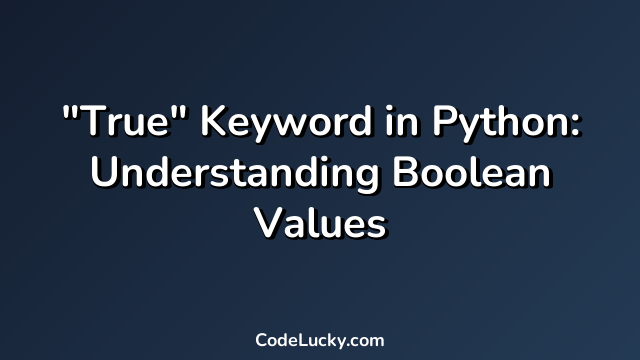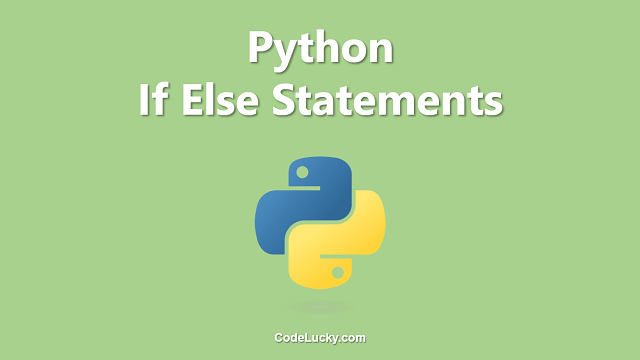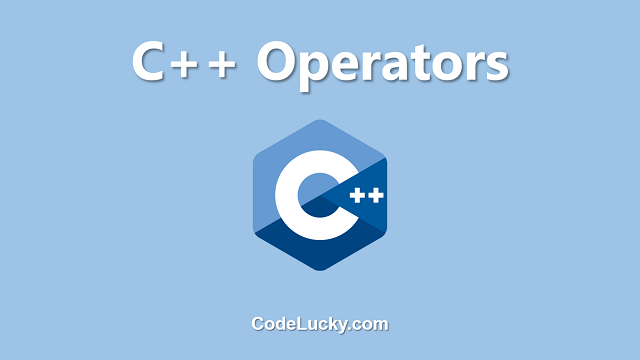Boolean values are data values that represent true or false conditions. In Python, Boolean values are denoted by the two keywords True and False. Boolean values are the simplest data types in Python, but they are crucial for decision-making in control structures.
Boolean Operations
Python provides three Boolean operations:
andornot
The and operator returns True if both operands are True. It returns False otherwise. The or operator returns True if at least one operand is True. It returns False otherwise. The not operator returns True if its operand is False, and vice versa.
Using the and Operator
The following example illustrates the use of the and operator:
a = True b = False c = True print(a and b) # Output: False print(a and c) # Output: True
Using the or Operator
The following example illustrates the use of the or operator:
a = True b = False c = True print(a or b) # Output: True print(b or c) # Output: True
Using the not Operator
The following example illustrates the use of the not operator:
a = True b = False print(not a) # Output: False print(not b) # Output: True
Truthy and Falsy Values
The following values are considered False in Python:
FalseNone00.0""()[]{}
All other values in Python are considered True. These values are known as truthy values. The following example illustrates this:
a = True
b = False
c = None
d = 0
e = 0.0
f = ""
g = ()
h = []
i = {}
if a:
print("a is truthy.")
if not b:
print("b is falsy.")
if not c:
print("c is falsy.")
if not d:
print("d is falsy.")
if not e:
print("e is falsy.")
if not f:
print("f is falsy.")
if not g:
print("g is falsy.")
if not h:
print("h is falsy.")
if not i:
print("i is falsy.")
The output of the above code is as follows:
a is truthy. b is falsy. c is falsy. d is falsy. e is falsy. f is falsy. g is falsy. h is falsy. i is falsy.
Conclusion
The True keyword in Python represents the Boolean value True. It is used by the interpreter as one of the two possible values of a Boolean variable. In addition to the True and False values, Python also supports logical operations (and, or, and not) on Boolean values. Understanding Boolean values is essential for writing decision-making code in Python.







